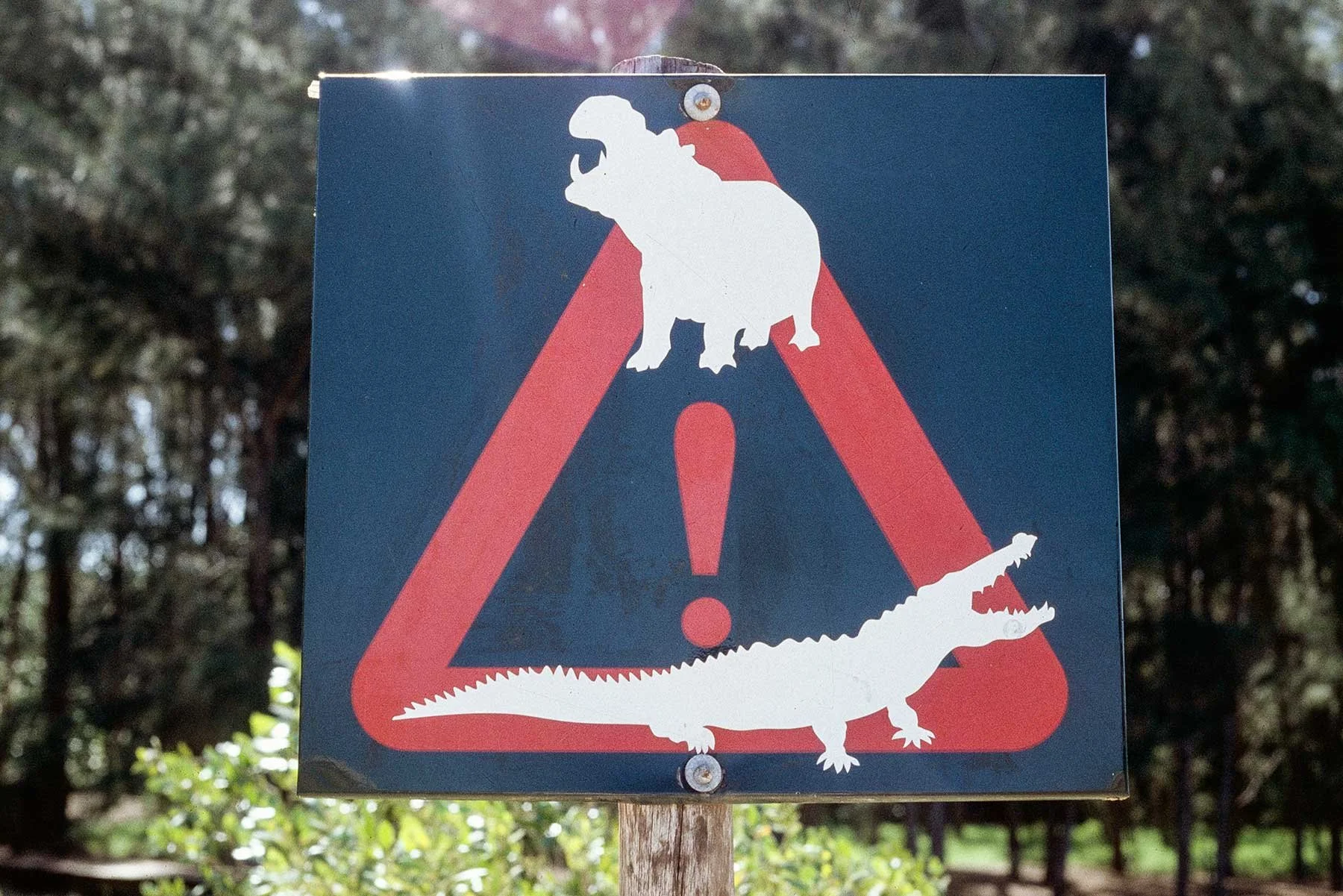The hippopotamus – wrongfully accused of being Africa’s most dangerous animal
A myth perpetuated consistently by the media. Hippopotamus, or hippopotami, are certainly dangerous mammals with a wide distribution throughout much of sub-Saharan Africa.
Some reports, although woefully unreliable, state that around 500 people are killed on average each year across Africa. The majority of hippo induced human fatalities are a result of drowning after boats are capsized.
Some reports, although woefully unreliable, state that around 500 people are killed on average each year across Africa.
A recent study by Blessing Kavhu and colleagues published in the journal Scientific Reports (Nature Portfolio) https://doi.org/10.1038/s41598-025-04934-0 provides research-driven statistics on human-wildlife fatalities in Zimbabwe. During the period 2016-2022, only 20 human fatalities were caused by hippopotamus compared to some 165 recorded fatalities caused by the Nile crocodile (Crocodylus niloticus).
Hippos and crocodiles share similar distribution in Africa.
If the above data is extrapolated to across the African continent where crocodiles and hippopotamus share the same habitat, it is clear that crocodiles are far more dangerous on a magnitude of at least eight times!
The same study also demonstrated that Savanna Elephant (Loxodonta africana) are also responsible for five times the fatalities than that of hippopotamus during the period under review.
So why do hippopotamus get such a bad rap? This is perpetuated by sensational media reports and certainly had its origins in the early hunting accounts and stories written by colonial explorers who had a flair for exaggerating their encounters with Africa’s wildlife. Old habits are hard to crush and so the misguided information continues.
Whilst statistics will vary across different countries, it is safe to say that crocodiles and elephants are by far the two most dangerous animals species where humans are concerned. Hippopotamus and African buffalo likely come in at third place in terms of megafauna, followed by lions. However, it must be stressed that accurate data from across Africa is difficult to come by. It is suspected that numerous crocodile attacks go unreported in remote regions due to lack of witnesses. Without evidence, a human disappearance may at best be listed as a missing person.
A bull may exceed a mass of 1 000 kg, even reaching 2000 kg, with cows not far behind.
Certainly, hippopotamus are large bulky animals and must be respected. A bull may exceed a mass of 1 000 kg, even reaching 2000 kg, with cows not far behind. They have a set of massive tusk-like canines and incisors quite capable of causing significant injuries to a person, and have caused several fatalities by their bite alone.
The majority of hippo attacks happen in the water, especially when pods are protecting young. Bulls are always protective of their group and will defend their territories from invaders. This includes the occasional canoe, mokoro or boat which comes into view. They can move at remarkable speed in the water. The danger is obvious for anyone in a small watercraft which can easily be flipped over.
The majority of hippo attacks happen in the water, especially when pods are protecting young.
In November 2014, 12 children and one adult were killed near Niamey, the capital of Niger, after a hippopotamus flipped over a boat transporting the children across the Niger River. In May 2023, a one-year-old boy died and 23 people were reported missing after a hippo capsized a boat along the Shire River, Nsanje region in southern Malawi. Later media reports stated that seven people in total died during this encounter. In September 2025, 11 people went missing and presumably drowned in Cote d’Ivoire after a hippopotamus capsized their boat. Three people survived the incident.
Human-hippo conflict also occurs when hippopotamus come ashore to forage and may raid agricultural fields of local villagers. Some people have been injured or killed when protecting their crops.
Complacency around hippopotamus also appears to be on the rise. In the coastal resort town of St Lucia, in the north of KwaZulu-Natal, hippopotamus often stroll through the village centre, often at night, but also during daylight during cool and overcast weather. They have achieved celebrity status and as such, many people are getting dangerously close to these large and unpredictable animals. Social media has shown instances of people displaying reckless behaviour around these animals and it is only a matter of time before tragedy strikes.
Learn more about Dangerous Animals and Outdoor Hazards through our comprehensive training and skills development seminars. These sessions can be arranged in person or online and cover all aspects of dangerous animal behaviour and preventative measures. We cover risk assessments, venomous bites and stings, large mammals, crocodiles and tropical diseases. Email bioenviroafrica@gmail.com for more information.



